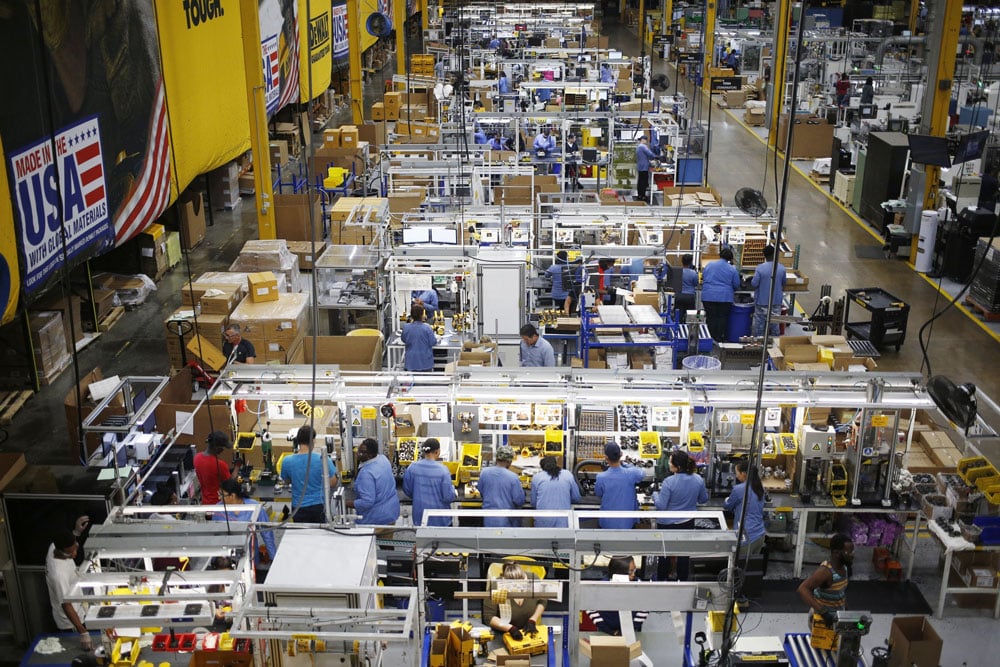The Future of Work in Manufacturing is Here
The narrative that “people just don’t want to work anymore” has become popular, but is it true? We sat down with Federal Reserve Bank economist Laura Ullrich about the future of work and how manufacturing and distribution companies can adapt to what’s coming next.
Here are the highlights from the episode of Shift Talk with economist Laura Ullrich from the Federal Reserve Bank.
The Resilient Labor Market: Defying Predictions
Imagine a scenario where inflation rates soar, unemployment remains at historic lows, and companies are struggling to hold onto workers. Sounds bonkers, right? Laura explains that even with challenging economic conditions, workers are holding out for job opportunities that give them flexibility and the chance to make good money. If companies aren’t offering that, then they’re either jumping from job to job or are sitting out of the job market entirely.
Demographic Shifts: The Changing Face of the Manufacturing Workforce
Who’s actually clocking in at factories and plants these days? Labor force participation varies dramatically among different demographic groups. While older workers are leaving in droves—often due to accelerated retirement—younger and more diverse groups are entering the workforce in significant numbers. How are manufacturers going to attract these new workers? They have to get creative.
Debunking the Myth of the “Lazy Worker” in Manufacturing
Have you ever heard the argument that people are just too lazy to work in manufacturing? Think again. The primary barriers keeping people out of the workforce are often structural, like childcare, flexible schedules, and transportation. These aren’t issues of laziness; they’re systemic challenges that demand innovative solutions.
A New Corporate Paradigm: Making Manufacturing Work Fit the Worker
Instead of trying to make people fit into the same work structure from 50 years ago, forward-thinking companies like GE Appliances are flipping the script with MyWorkChoice’s flexible staffing model. They’re making the job fit today’s worker and addressing challenges employees face with options like flexible scheduling and transportation allowances with Uber and Lyft stipends.
The Generational Pivot: Millennials and Gen Z in Manufacturing
Today’s younger workforce has a different take on work-life balance and advancement. Unlike previous generations, they’re focused on making just enough money to pay the bills and want the chance to grow and learn rapidly. This shift in attitude has been a massive challenge for employers who are still holding out hope for “things to go back to the way they used to be,” with workers lining up around the corner for a chance at a 60-hour workweek for 30 years.
Community Colleges: Bridging the Skills Gap in Manufacturing
Community colleges are playing a pivotal role in equipping this new generation of workers with the skills they need to get good paying jobs without racking up sky-high student loan bills. From specialized courses in robotics, machine operation, and maintenance, these local schools are helping close the skills gap in manufacturing.
Conclusion: Your Role in Shaping the Future of Work in Manufacturing
Isn’t it time we moved beyond outdated stereotypes and started tackling the real issues affecting today’s labor market? Whether you’re a business leader, policy maker, or a hiring manager, the key to success in recruiting and retaining workers is to think outside–the–box and start offering jobs that not only attracts workers but keeps them happy in these critical frontline roles for years to come.





